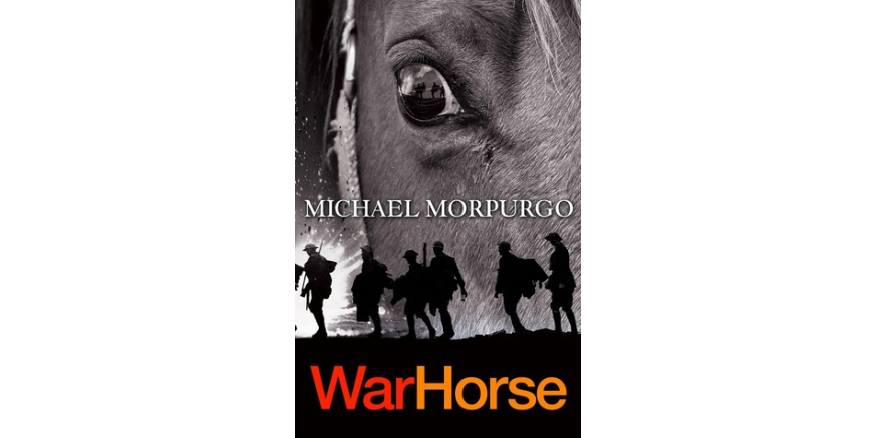#NVHOW20 Introducing Hannah West @hannah_r_west @UniofBath @DefenceResNet 'What did YOU do in the war, Mummy?' - an examination of the British Army’s attempts to exclude women from the history of combat and front-line service #womenatwar #wealsoserve
1 #NVHOW20 Let’s get started… You may know that in 2018 the British Armed Forces opened all roles to women, yet it is a myth to say that women are only now able to serve in ‘frontline combat’
2 #NVHOW20 Women have been distanced from ‘frontline combat’ by discursive constructions using their bodies to deny them agency and make their presence acceptable. Yet women have repeatedly transgressed the front-line, demonstrating agency in their participation.
3 #NVHOW20 My PhD research uses Foucauldian genealogy to explore the discursive construction of ‘women as counterinsurgents’ in Malaya, Northern Ireland and Afghanistan. I have used semi-structured interviews + archival records to uncover discontinuities + forgotten discourses. 

4 #NVHOW20 During the 1950s Malaya Emergency, Lady Templer, might not have been in uniform or armed, but pioneered a huge women’s outreach programme patrolling to remote + high-risk villages. Her contribution is not in the history books.
5 #NVHOW20 270 Women’s Institutes were established + 25 British Red Cross teams set up local branches. Lady Templer was described as having an ‘electric effect’ by the SoS for Colonies + as a ‘cunning bandit’ by the Communists.
6 #NVHOW20 In 1970/80s Northern Ireland, unarmed servicewomen were on patrol daily. The British Security Forces top-down ‘non-combatant’ narrative was in tension with a bottom-up, tactical need for women as searchers, questioners and decoys. (Photo: royal-irish.com)
7 #NVHOW20 Women veterans told me how - without weapons - they held back crowds with their arms + patrolled in skirts (it was thought the IRA wouldn’t target a female profile). Women commanded mixed infantry units + worked on covert operations. (Photo: royal-irish.com) 

8 #NVHOW20 In Afghanistan female soldiers – Female Engagement Teams - were used on patrol to talk to the community. Visibly welcomed by positive narratives they were invisibly undermined by the gendered institution Check out: alisonbaskerville.co.uk/The-White-Pict…
9 #NVHOW20 Discursive constructions portrayed women as largely incompetent but occasionally exceptional, often equated to inanimate weapon systems. Somehow women negotiated their way out on the ground, using their medic status, or finding other units happy to take them.
10 #NVHOW20 So to wrap up, British Security Forces repeatedly attempted, but failed, to control women’s war labour through constructions of the ‘frontline’, ‘combat’ + campaign narratives. My research recentres women’s voices to undermine the imposed tools of their exclusion.
11 #NVHOW20 Being a former servicewoman, I have had to engage with my military past in this reflexive study. Creative methods have helped me to embrace this, making collaborative poetry, music and documentary film:
hannah-west.org/hannah-west/cr…
hannah-west.org/hannah-west/cr…

12 Ask me questions @hannah_r_west
• • •
Missing some Tweet in this thread? You can try to
force a refresh













